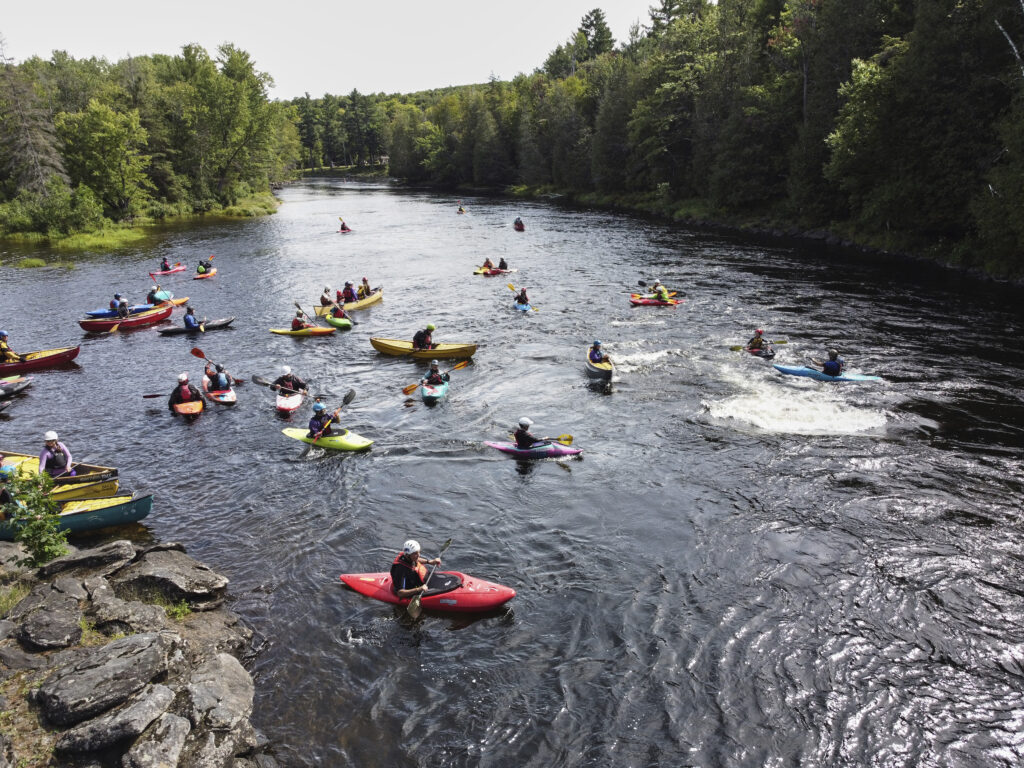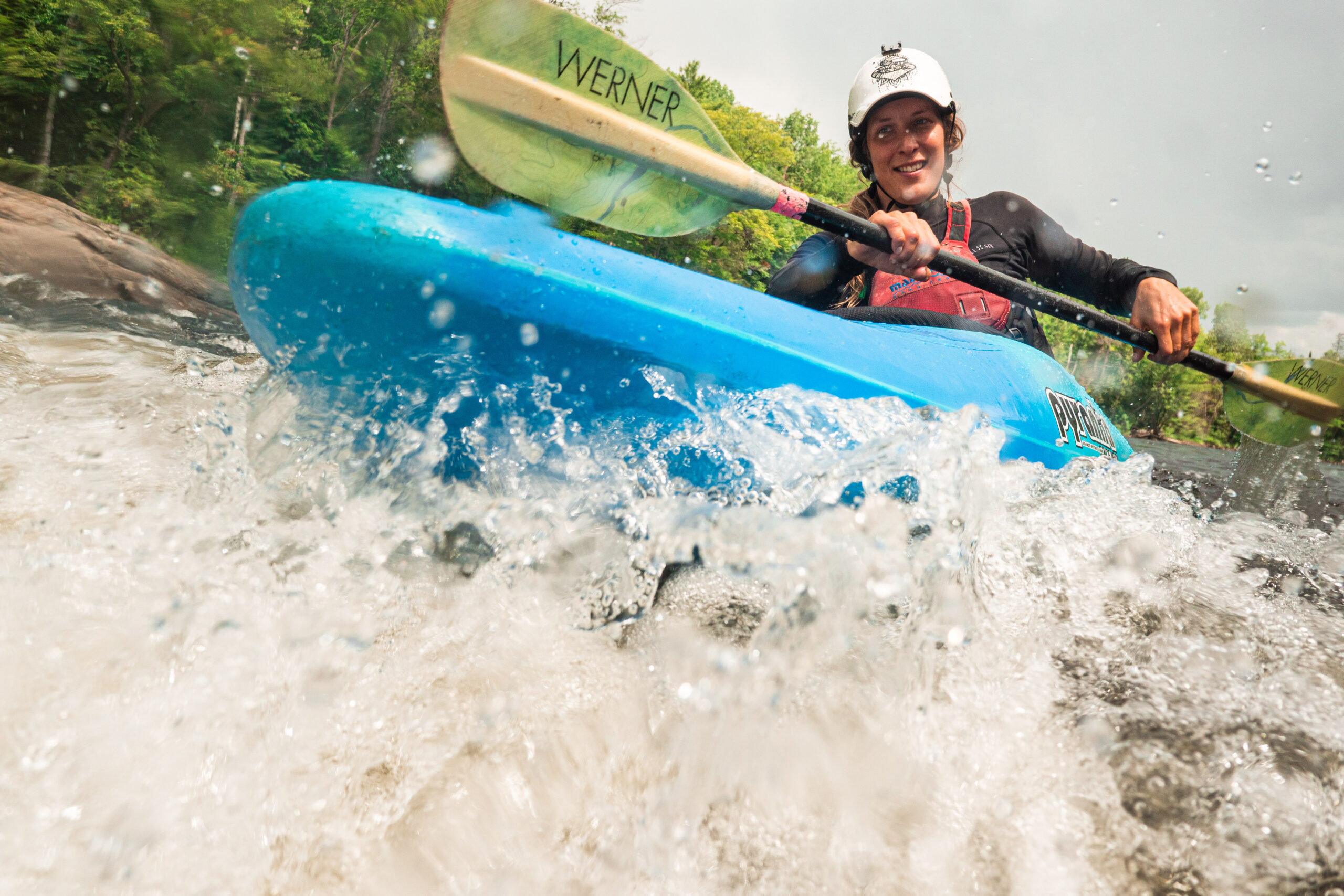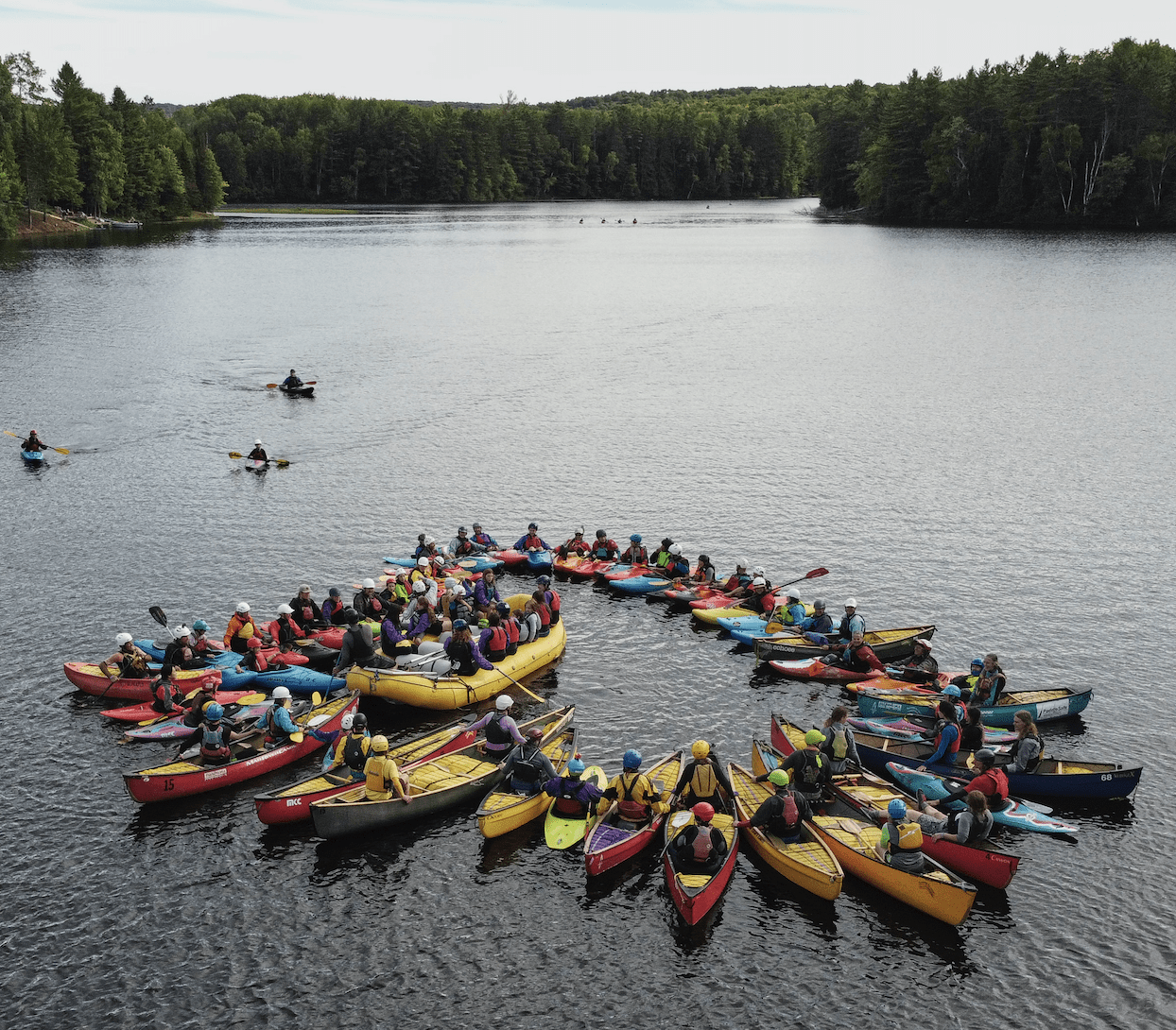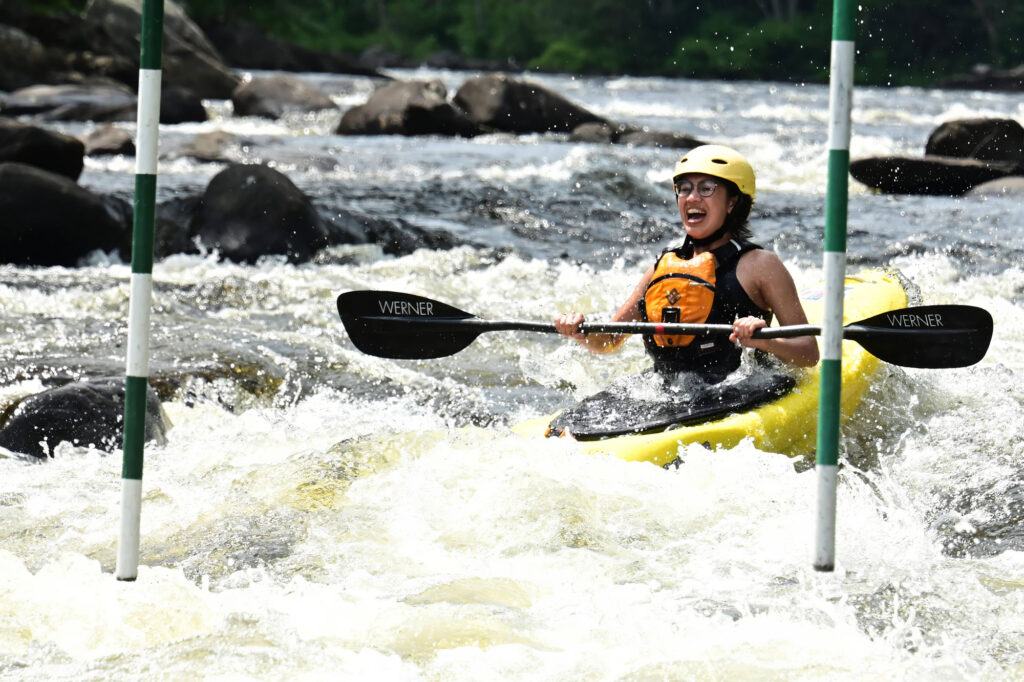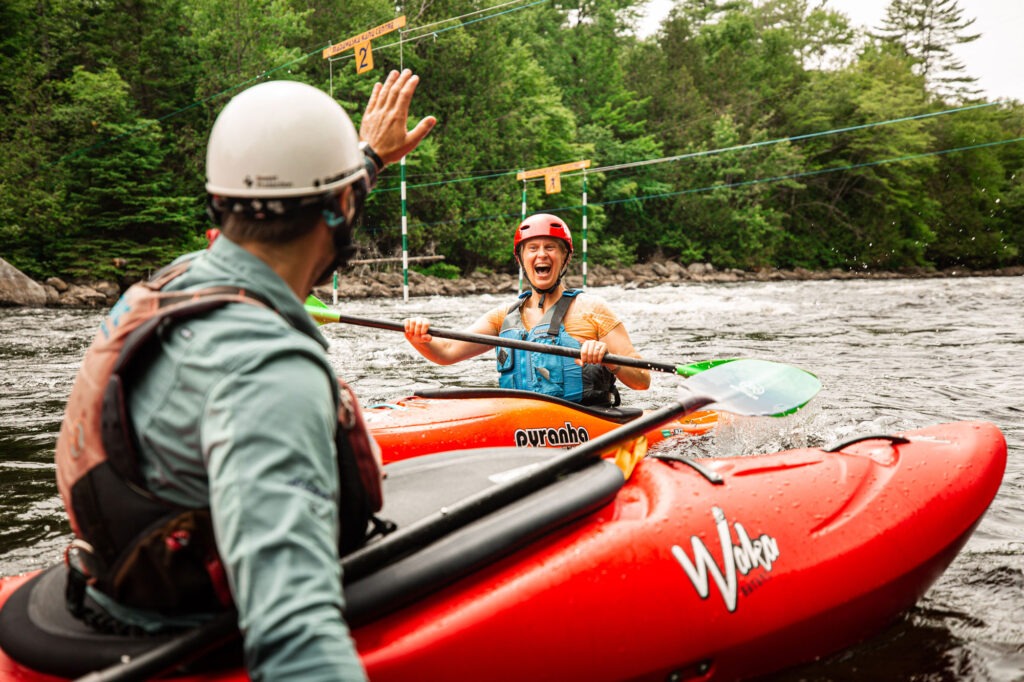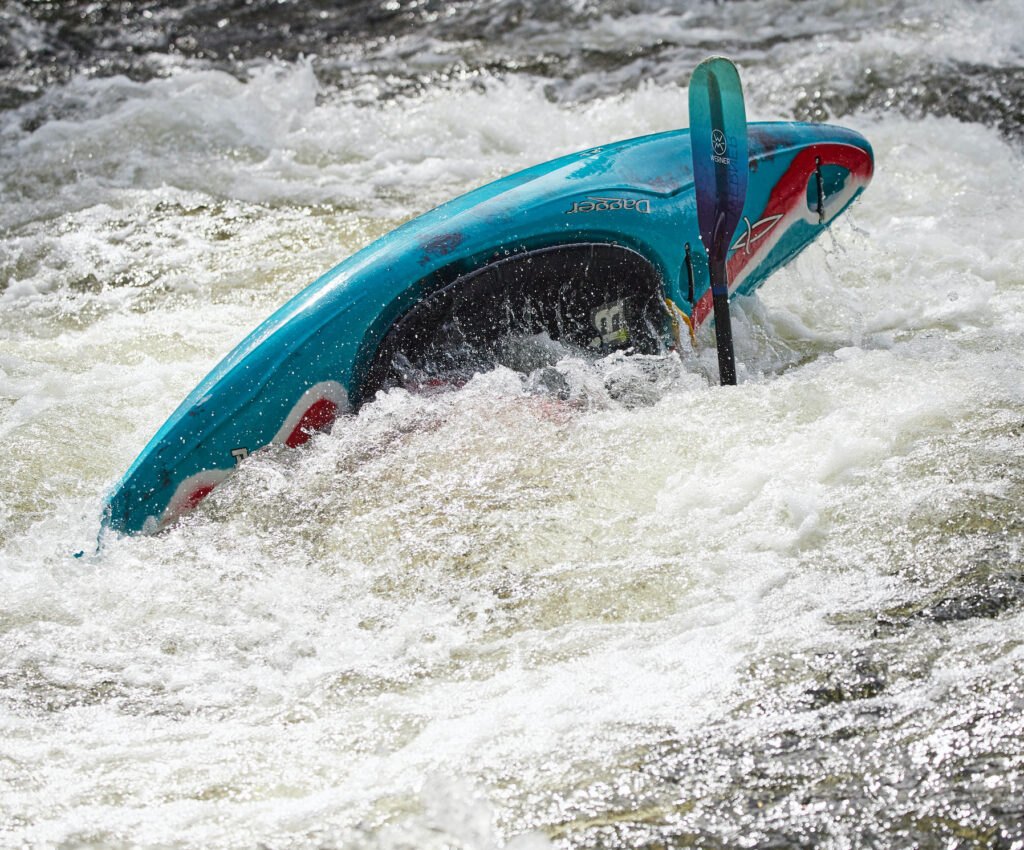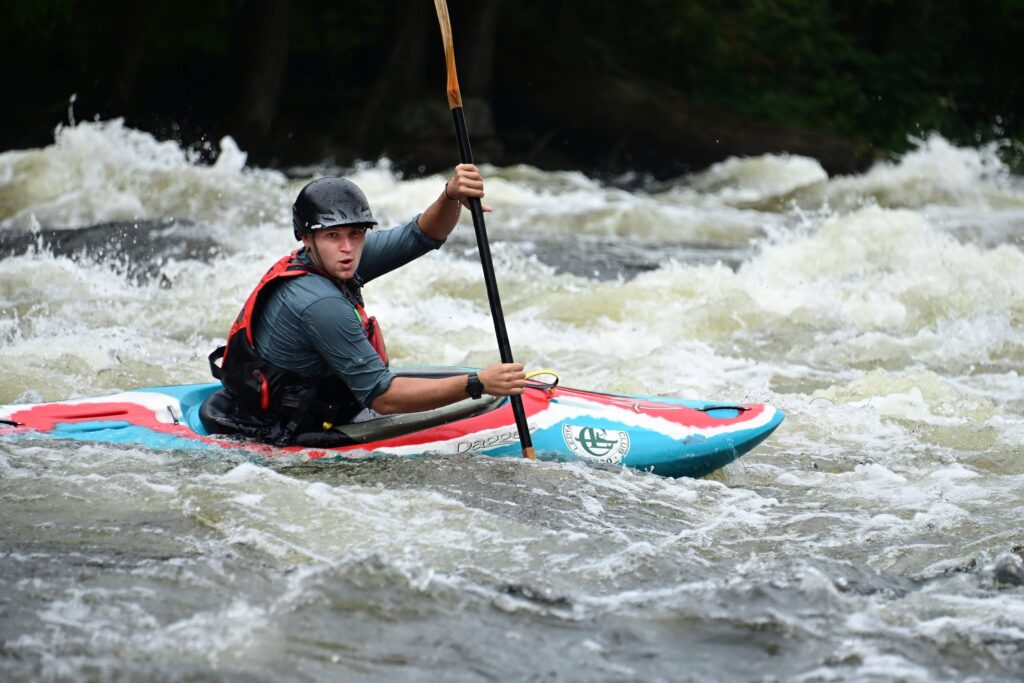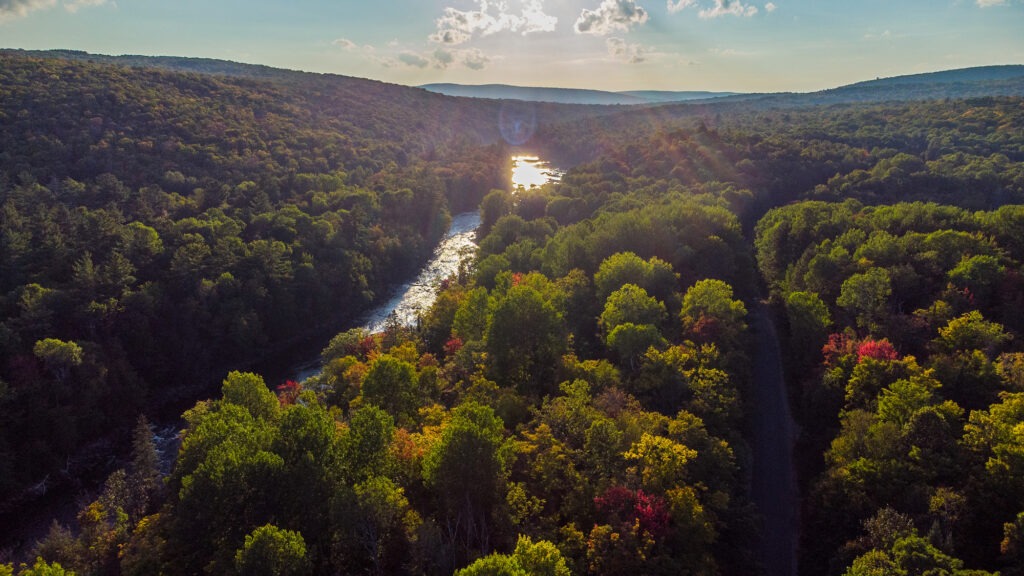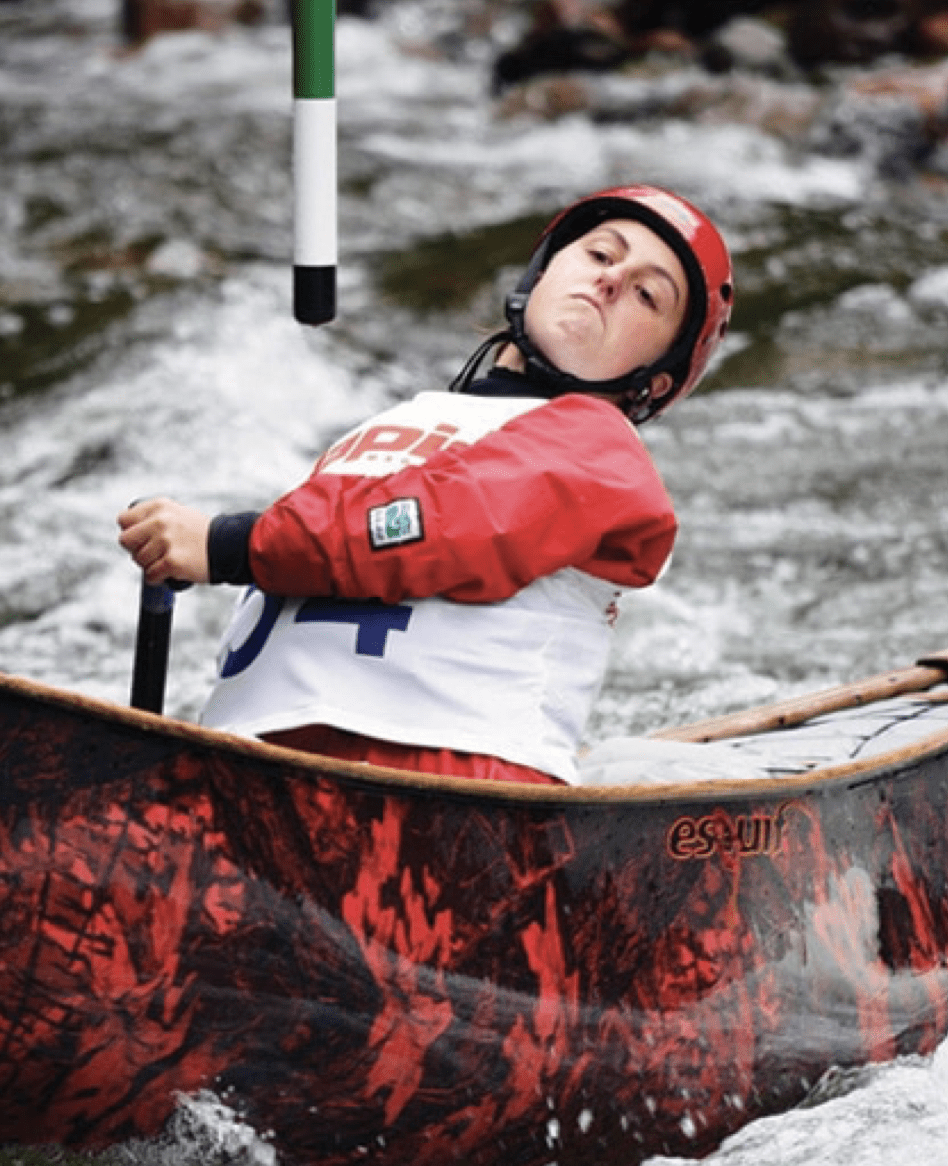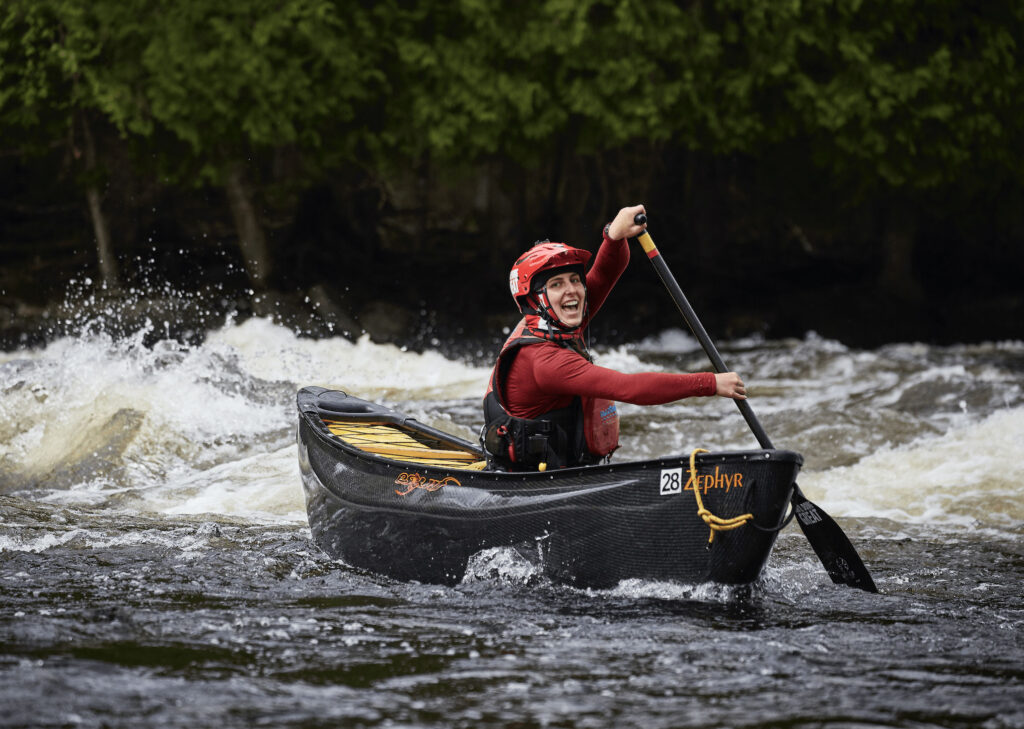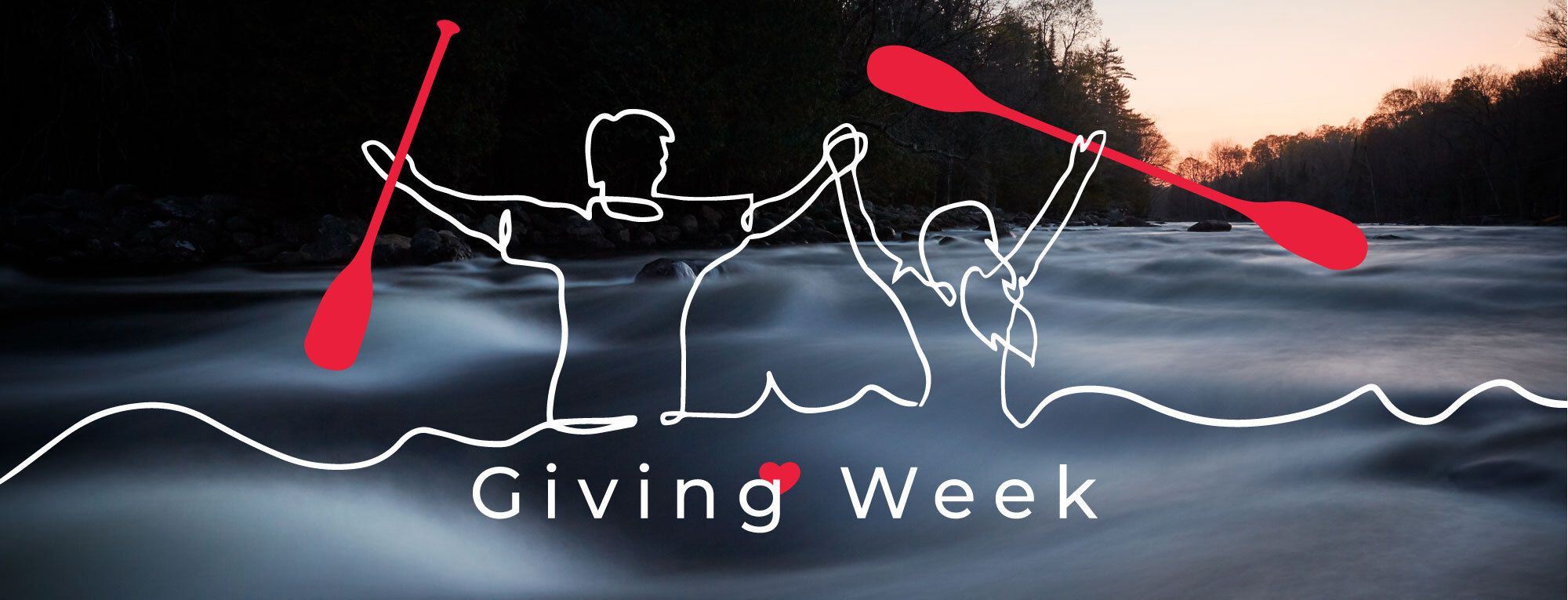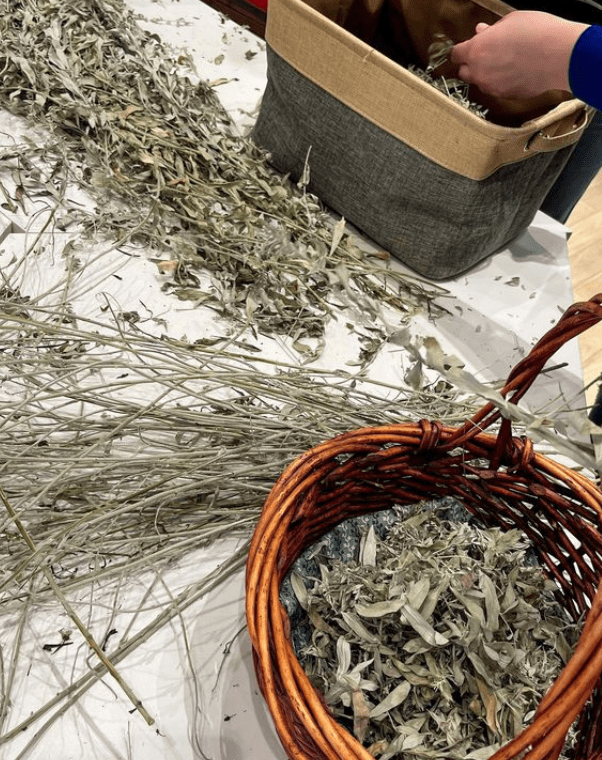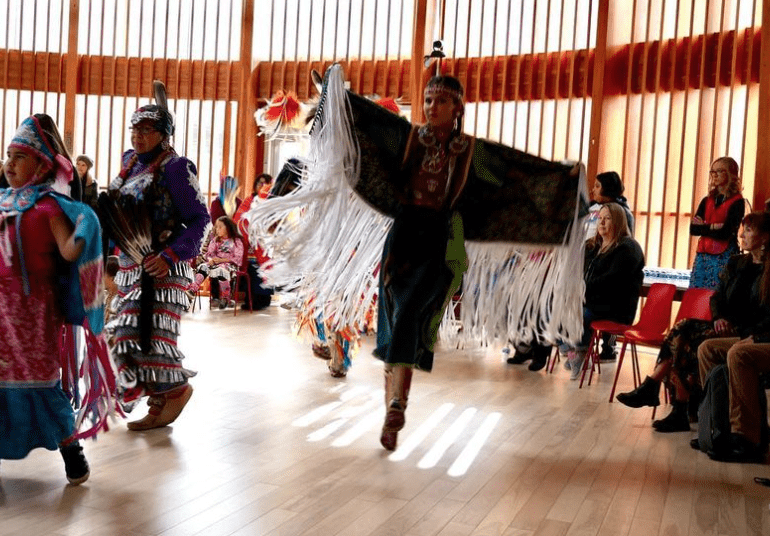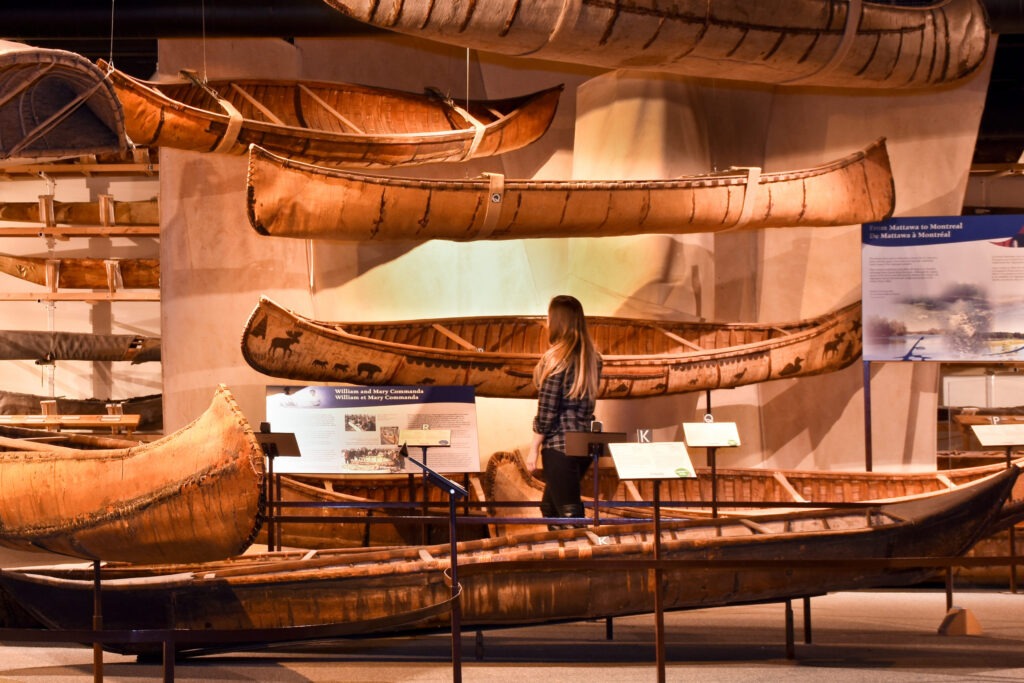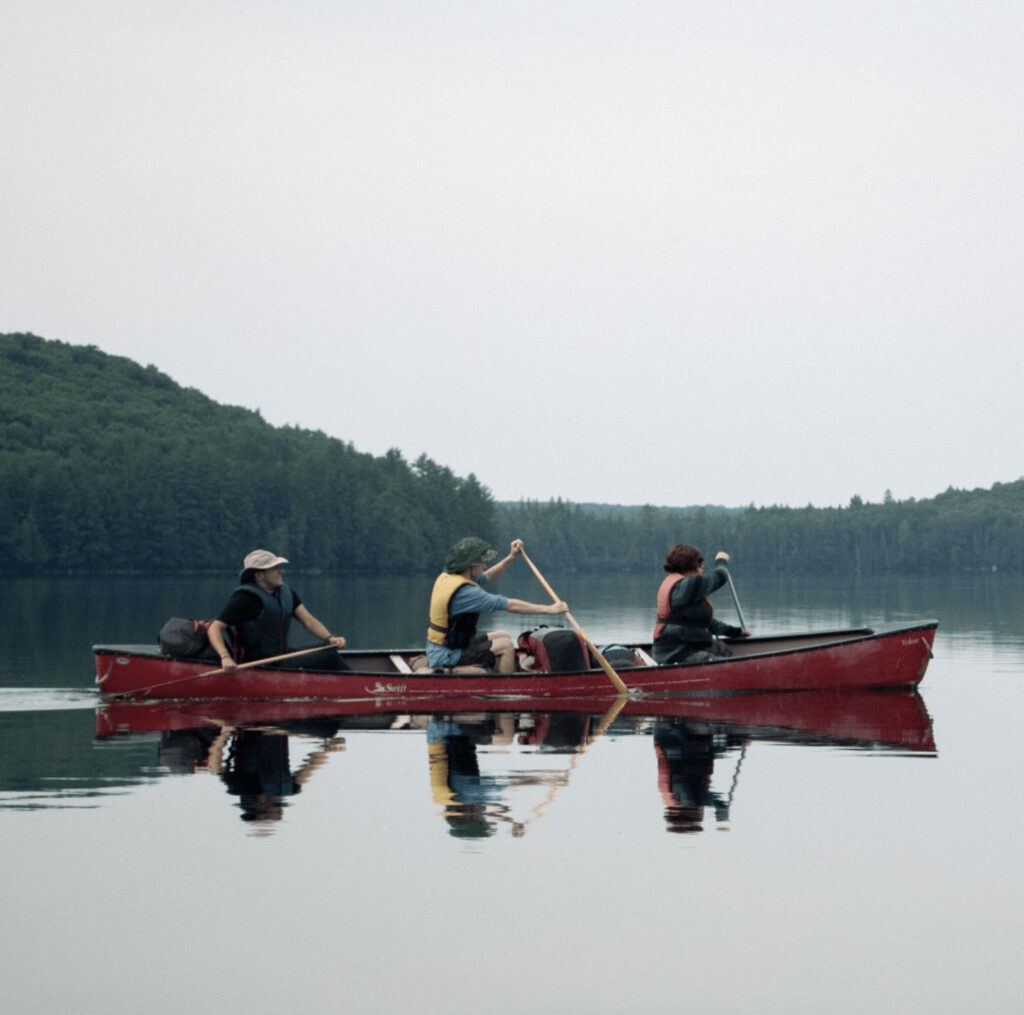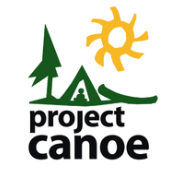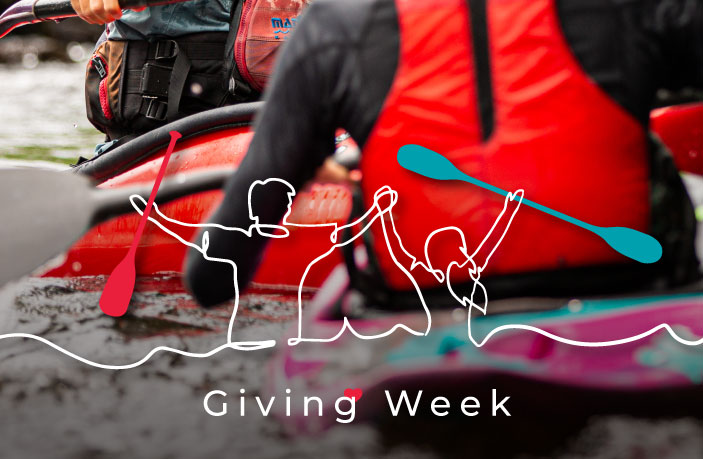Whitewater kayaking is a thrilling adventure sport that combines the exhilaration of navigating wild river rapids with the finesse of skilled paddling. In this write-up, we’ll tackle common questions about this exciting activity. Whether you’re new to the sport or a seasoned kayaker looking to enhance your skills, we’ll cover:
- What is whitewater kayaking?
- What equipment to I need for whitewater kayaking?
- How do I choose the right whitewater kayak?
- What skill level is required for whitewater kayaking?
- How can I improve my kayaking skills?
- Is whitewater kayaking dangerous?
- How do I stay safe while whitewater kayaking?
- How do I perform a roll in whitewater kayaking?
1. What is Whitewater Kayaking?
Whitewater Kayaking is a water sport where individuals use specialized kayaks to navigate down rivers and streams with varying degrees of water turbulence (AKA ‘whitewater’). It involves paddling through rapids, waves and obstacles while maintaining control and balance. A synergy if you will.
2. What equipment do I need for whitewater kayaking?
Essential equipment includes a kayak (of course!), a paddle, personal flotation device (PFD), helmet, spray skirt (to keep water out of the kayak), weather and water appropriate clothing (quick drying or waterproof layers, depending on the temperature of the water and air), and water shoes with backstraps. To go out on rapids without a guide or instructor, you will also need safety gear like throw ropes, first aid supplies a whistle and a pin kit. These items, especially a throw bag, require particular training and practice before you carry them. With safety gear, your goal is to never add hazards into the river.
3. How do I choose the right whitewater kayak?
Kayak choice depends on factors like your skills level, type of whitewater, and personal preference. Beginners often start with stable, higher-volume kayaks, while experienced paddlers might prefer more maneuverable models for advanced moves and tricks! The right boat is always going to be the one you feel the most comfortable and fun with!
4. What skill level is required for whitewater kayaking?
Whitewater kayaking ranges from beginner to expert levels. Although not necessary, some people like to start with flatwater kayaking to learn basic paddling techniques and get comfortable being on the water. Whitewater recreational kayakers use a river classification system of class 1- 6 to try to describe a river’s challenge level. Class 1 describes moving currents with little obstacles while class 6 is by definition unrunnable. There are basic skills required to learn from a guide or instructor before paddling any level of moving water. With someone to help lead you, it’s best to progress on Class I and then Class II rapids before tackling more challenging features. Due to the risky nature of this activity, it’s important to build skills gradually and take whitewater kayaking courses.
5. How can I improve my kayaking skills?
Taking lessons from certified instructors is highly recommended. Practice paddling techniques, rolling, bracing, and reading water currents in safe environments. Then, gradually move to more challenging waters to improve your skills. There are many whitewater kayaking clubs who organize pool sessions over the winter months. It’s great to connect with your local paddling community!
6. Is whitewater kayaking dangerous?
Whitewater kayaking involves inherent risks. Water is powerful, and unfortunately, humans did evolve the ability to breathe in it. Water can however, be predictable. It does flow in a certain way and we can learn to read rivers, just like a new language. When you learn to read water, you can better anticipate how to manage the hazards in a way that allows you to have responsible fun. With proper training, safety gear, and responsible decision-making, the risks can be managed. Always prioritize safety and know your limits.
7. How do I stay safe while whitewater kayaking?
We cannot stress this enough: safety is paramount. Always wear a PFD and a helmet, and be sure to paddle with a group as well as inform someone about your paddling plans. Learn swiftwater rescue techniques and first-aid procedures. Learn, practice and carry appropriate safety gear like throw ropes. Be aware of your skill level and the river’s difficulty before attempting to run it.
8. How do I perform a roll in a whitewater kayak?
The kayak roll is a technique to right the kayaker after the boat flips upside down. There are different roll techniques, and one of the most common is the Sweep Roll.” It involves using your paddle across the surface of the water, and using your hips to initiate a roll while leveraging your kayak upright.
We hope we are able to answer some of your questions about one of our favourite ways to experience the river. If you have any others, perhaps about coming to our whitewater school, you might find our FAQ section helpful! Otherwise, don’t hesitate to contact us and we’ll be happy to help.
